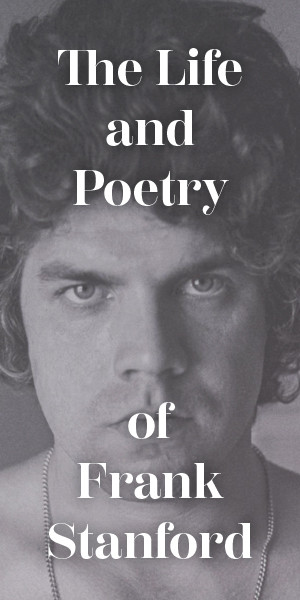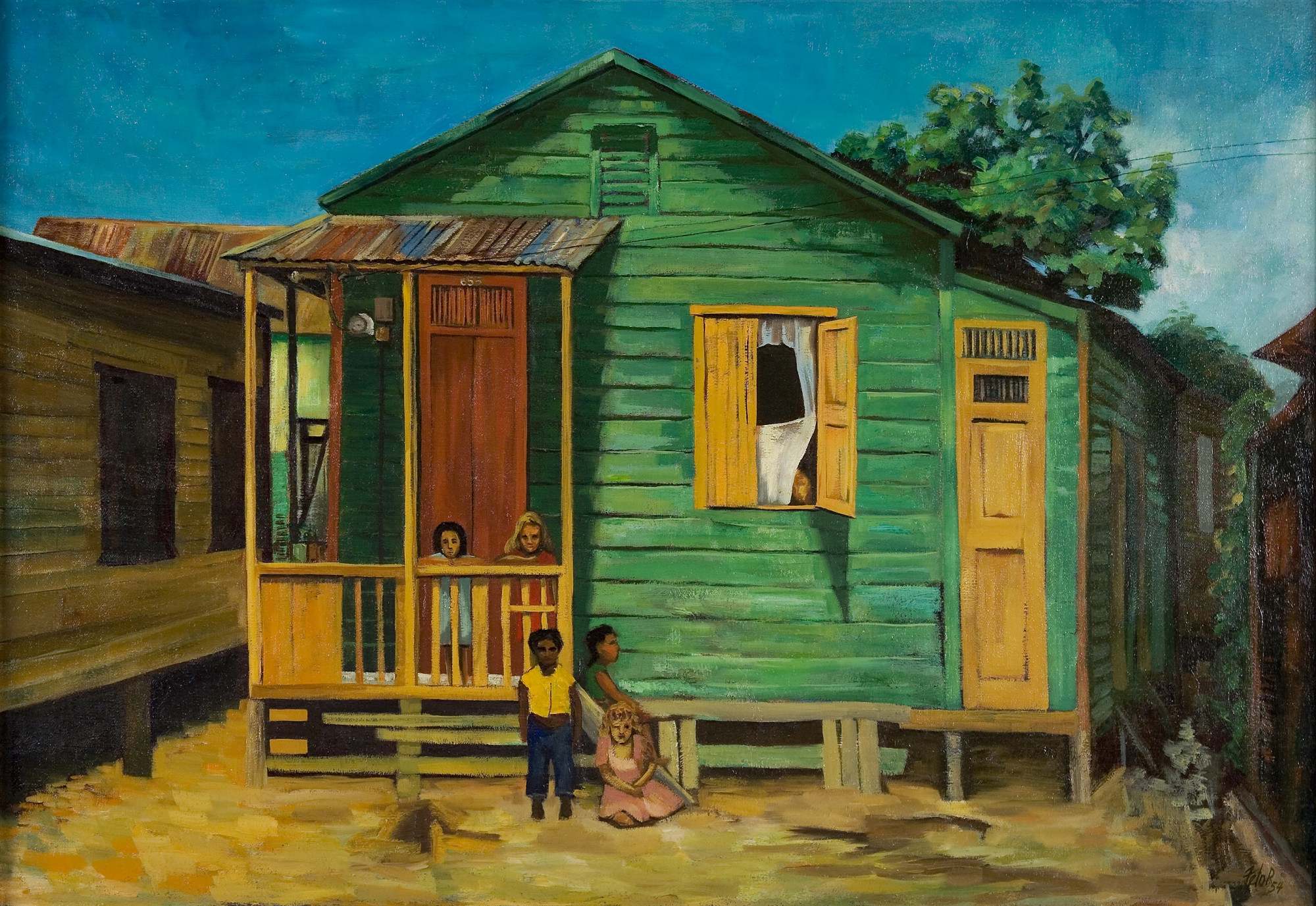
Félix Rodríguez Báez, The Shack (El ranchón), 1954, oil on canvas, 25 3/8 x 36 1/4 inches (64 x 92.5 cm), Museo de Arte de Ponce. The Luis A. Ferré Foundation, Inc. Gift of Lomba. Image courtesy of the artist.
Nostalgia in Diaspora: Bad Bunny and Félix Rodríguez Báez
From Burnaway, how two artists reflect the collective experience of Caribbean diasporas
By Alexandra Martinez
One of the last times I stepped foot onto my family’s home in Marianao, Cuba, we gathered in the backyard. Their white lawn chairs scraped against the concrete as a hummingbird sipped nectar from sparsely blooming flowers. Neighboring roosters crowed as we sat back and did what we did every day–compartir, or just talk. I didn’t know my days there were numbered.
The monobloc chair, ubiquitous in the Caribbean and its diasporic regions, has reached new platforms ever since the release of Benito Antonio Martínez Ocasio’s (better known as Bad Bunny) Debí Tirar Más Fotos (2025), his acclaimed seventh studio album. The album, with a nostalgic beating heart, catapulted traditional Puerto Rican music into the global mainstream, bringing salsa and plena to the number one song almost immediately upon its release. But, it’s the cover image, (a portrait taken by Bad Bunny’s photographer, Eric Rojas) of two white lawn chairs strewn in a lush Caribbean backyard, framed by plátano trees, that truly delivers the first gut punch of the album’s conceit: nostalgia in diaspora and the impossibility of returning to a memory.
The white plastic lawn chairs my parents use for holiday meals in Miami always prompt an apology. Most times, they leave behind rectangular chalky prints on an otherwise pristine wardrobe. One time, the decades-old plastic, made vulnerable by hurricanes and heat waves, finally cracked, collapsing under my abuela.
“Cuidao con la silla!” my mom warned (careful with the chair).
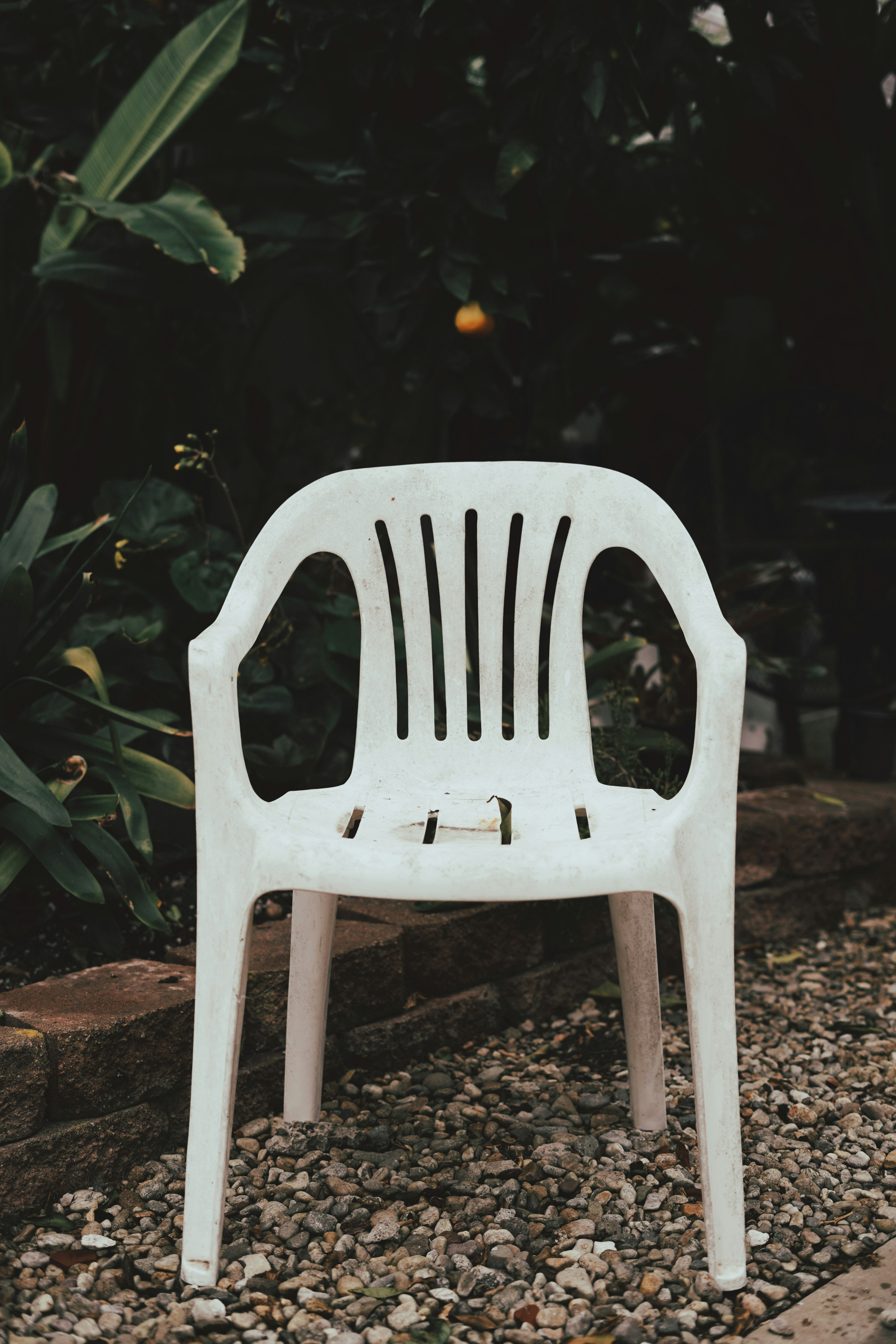
White plastic chair on brown soil, take a seat. Photograph by and courtesy of Carter Baran.
Over a thousand miles away, in Winter Park, Florida (one of the largest diasporic regions for Puerto Ricans), visitors at the Rollins Museum of Art grappled with their own yearnings for home while experiencing Nostalgia for my Island: Puerto Rican Painting from the Museo de Arte de Ponce (1786–1962), on view earlier this year. Each work in the exhibition carries the same longing Bad Bunny explores in Debí Tirar Más Fotos, but in particular, El Ranchón (1954) by Felix Rodriguez Baez, depicts a still life image of quotidian Puerto Rican country life that articulates the same sense of loss. In this scene, time seems to pause; the old chairs, the still vegetation, and the undisturbed atmosphere capture a moment in which both nostalgia and memory are locked in place, frozen for the viewer to contemplate.
The traveling exhibition offered a sweeping 150-year historical survey of Puerto Rican painting and identity through the nation’s social, political, and cultural shifts. In one corner, guests were allowed to record their own experiences in diaspora—offering a brief catharsis for a community in mourning. Unlike many of its patrons, the exhibition has since celebrated a homecoming to Puerto Rico, as it had been on tour since the 2020 earthquakes. Rodríguez Báez’s image of the rural shack, the "ranchón," becomes an accessible and recognizable symbol of island life marked by simplicity and authenticity, while also implying a sense of resignation and resilience.
My tia’s house, situated right on Avenida 51, (Marianao’s central artery, as it cuts through Havana), was a similar shade of sea green as El Ranchon’s, the last time I was there. Sometimes, my tio would perch his head out of their window, just like the children in Baez’s work. He’d watch cars pass, chat with neighbors, and let the time go by.
Cuba has, like Puerto Rico, fought a similar war against US colonialism. While they managed to evade American rule, the people still suffer under the weight of imperialist consequences. It is the people who pay the price of the embargo, with their social and economic freedoms tied to the foreign policy whims of whoever is President at the time. In this way, even the decolonized cannot escape the pains of imperialism.
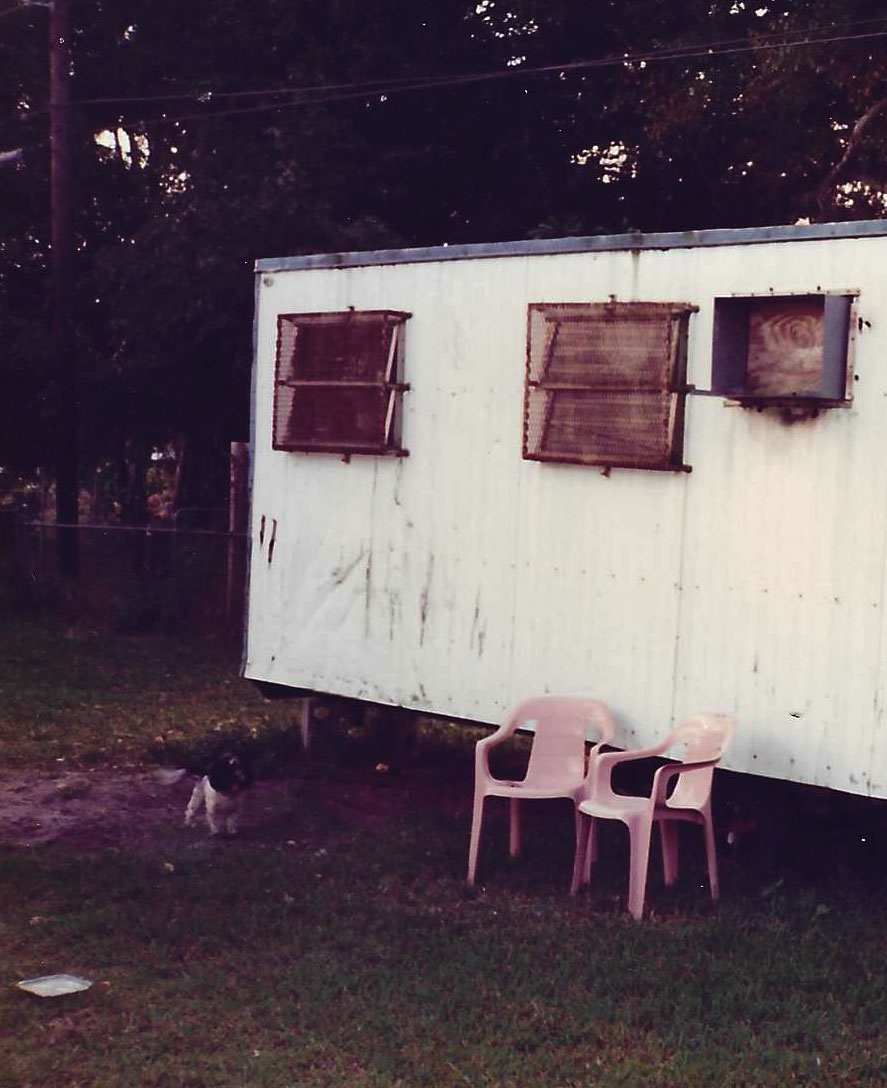
1980s capture of plastic chairs from Burnaway Editorial Assistant Isabella Marie Garcia’s family home in Hialeah, Florida. Photograph by Manuel Garcia and courtesy of Isabella Marie Garcia.
Meanwhile, the relationship between Puerto Rican statehood and United States imperialism has historically been contentious. In recent years, the conversation has taken front row as artists like Bad Bunny hold their politicians accountable for corruption and failing to serve the island’s people. In the Caribbean, where lush mountainous landscapes give way to idyllic waters, the fight for land ownership and, inevitably, exploitation is not new, and neither is the fervor and pride Puerto Ricans feel to fight for that autonomy. Since 2017, when Puerto Rico was struck by catastrophic Hurricane Maria, over 130,000 Puerto Ricans have relocated to the mainland United States from the island. Now, more than one million Puerto Ricans live in Florida alone, with Central Florida being home to an estimated 300,000 Puerto Ricans.
Bad Bunny uses his album cover to convey a sense of regret: a symbolic look back at what has been lost or left behind. Much like Rodríguez Báez’s rural shack, Bad Bunny's image is also imbued with layers of memory, nostalgia, and the feeling of being detached from the world he grew up in. Bad Bunny could only make an album like DTMF after having left the tropics for Hollywood. If Baez’s work is the “before,” then Bad Bunny’s is the “after,” a Puerto Rico emptied of, or missing, its people.
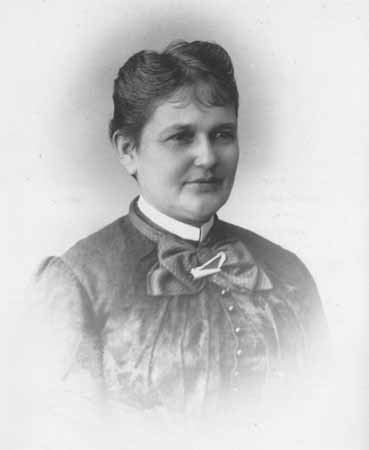
Lola Rodríguez de Tió, Puerto Rican rebel at the Grito de Lares. Image courtesy of the Library of Congress and Wikimedia Commons, CC by 4.0.
Just as Bad Bunny and Rodríguez Báez reflect their own relationship to the island, I, too, find myself recalling the difficulty of returning to a place that feels both familiar and foreign—an island almost lost, suspended in time. For Cuban and Puerto Rican diasporas alike, the sentiment the Puerto Rican poet and activist Lola Rodríguez de Tió captures in her words rings true: “Cubans and Puerto Ricans are two wings of the same bird, receiving flowers and bullets in the same heart.”
The nostalgia expressed in both El Ranchón and Debí Tirar Más Fotos is more than just a longing for a lost paradise. It is a recognition of the consequences of imperialism that have shaped the identities of all Caribbean people. Rodríguez Báez’s painting speaks volumes about the quiet, often silent consequences of colonization, the way people and cultures are shaped by forces beyond their control. The shack, though quaint and peaceful, is a symbol of resistance and survival in the face of an empire that has historically rendered Puerto Rico (and by extension, the Caribbean) an afterthought in global politics.
The pain of exile is universal for those who leave their homes under the weight of imperialism, but it also creates a common bond between those who share similar experiences. Just as the shack in El Ranchón becomes a place of memory and longing, so too does the nostalgia in Bad Bunny’s cover art reflect the collective history and shared struggles of both Puerto Rico and Cuba.
In the work of both Rodríguez Báez and Bad Bunny, nostalgia is not just a personal sentiment; it is a collective experience shared by those who carry the weight of their ancestors’ struggles and triumphs. The bond between Puerto Ricans and Cubans, as encapsulated in Rodríguez de Tió’s words, is a testament to the resilience of both peoples. Through art, music, and memory, the story of diaspora continues to unfold, reminding us that we are all part of the same bird, flying, longing, and enduring together.




